Gaillardia F1 Hybrid Mixed Color Flowering Seeds
₹150.00 ₹132.00
Description
Purchase Description
- Gaillardia F1 Hybrid Mixed Color Flowering Seeds
- Quantity: around 50 seeds
Description
Gaillardia (common name blanket flower)is a genus of flowering plants in the sunflower family, Asteraceae, native to North and South America. It was named after a M. Gaillard de Charentonneau,An 18th-century French magistrate who was a patron of botany. The common name may refer to the resemblance of the inflorescence to the brightly patterned blankets made by Native Americans, or to the ability of wild taxa to blanket the ground with colonies.Many cultivars have been bred for ornamental use.
These are annual or perennial herbs or subshrubs, sometimes with rhizomes. The stem is usually branching and erect to a maximum height around 80 centimeters (31.5 inches). The leaves are alternately arranged. Some taxa have only basal leaves. They vary in shape. They are glandular in most species. The inflorescence is a solitary flower head. The head can have 15 or more ray florets, while some taxa lack any ray florets. They can be almost any shade of yellow, orange, red, purplish, brown, white, or bicolored. They are sometimes rolled into a funnel shape. There are many tubular disc florets at the center of the head in a similar range of colors, and usually tipped with hairs. The fruit usually has a pappus of scales.
How to grow an maintainance tips
- Plant Propagation: Blanketflower are grown from seeds.
- Sow seeds directly into your flower garden, or start seeds indoors, for transplanting later.
- We recommend a heated germination mat for indoor starts.
- If you live in a warmer climate, you can plant them in the fall, and they will likely bloom the first spring.
- For colder areas, expect a bloom in the second spring.
- Sow Blanketflower seeds early in the season and cover lightly with 1/8" of fine garden or potting soil.
- Or, broadcast spread them over an area, and lightly rake them into the soil.
- Seeds can take up to 3 weeks to sprout.
- Ideal plant spacing is 14" -16".
- Thin or transplant seedlings, if needed, when they reach 2".
- They will tolerate a little crowding.
- Blanketflower can also be propagated by plant division.
- Days to Germination: 14 – 21 How to Grow Blanketflower: Blanketflower are very easy to grow.
- The like full sun.
- They prefer loose soil that drains well.
- Add a general purpose fertilizer when planting them, then once a month after that.
- Once your Blanketflower are established, they should grow well with few problems.
- They will grow on their own with little care or attention.
- Just make sure to view them often to enjoy their brilliant blooms.
- Or, watch butterflies that are attracted to them.
- While most varieties of Blanketflowers grow 2 – 3 , there are some 4 varieties.
- Taller varieties may need staking.
- These drought tolerant plants seldom need to be watered.
- They will do well in mid-summer s heat.
- Deadhead flowers to promote continuous blooms.
- For healthy, thriving plants, dig up and divide every 2 -3 years in early spring.
- Deadhead plants regularly to encourage more flowering.
- Blanket flowers are often relatively short-lived.
- Cutting back clumps to 6 inches in late summer often increases their chances of winter survival.
- You can also keep your plants vigorous by dividing them every 2-3 years in spring or early fall.
- Water newly set out or divided plants regularly until they become established.
- Blanket flowers have few insect or disease problems.
- Watch for aphids and leafhoppers that can spread a virus-like disease called aster yellows.
- Control insects with insecticidal soap, if needed, and destroy any plants that are stunted with flowers that remain green, as these are infected with aster yellows.
Only logged in customers who have purchased this product may leave a review.

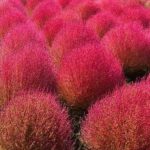

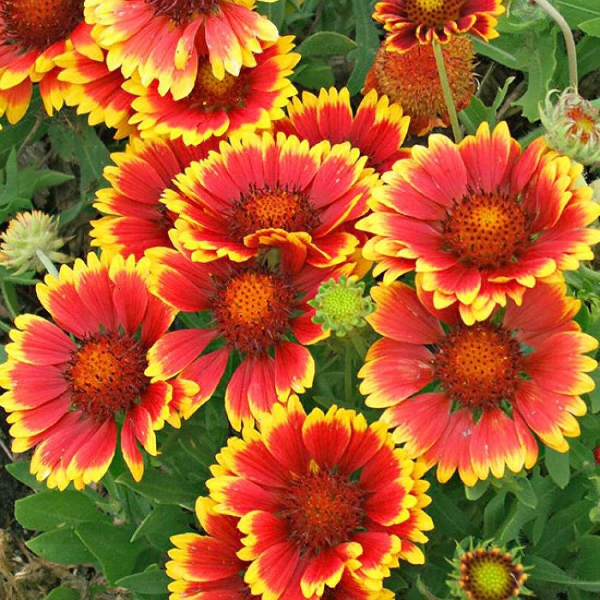
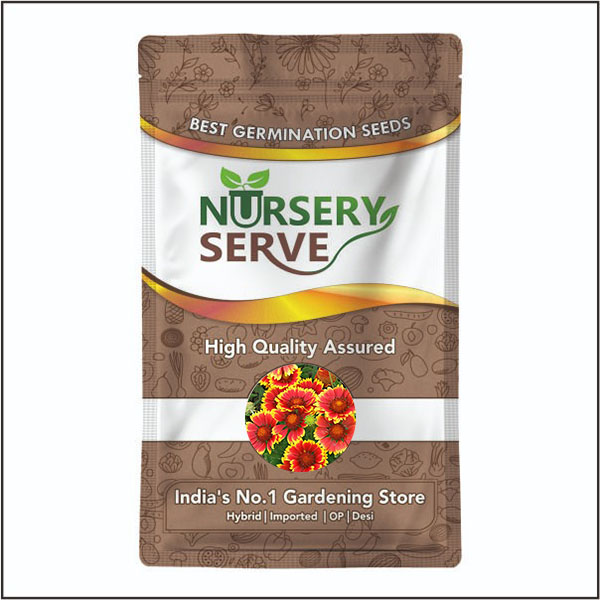
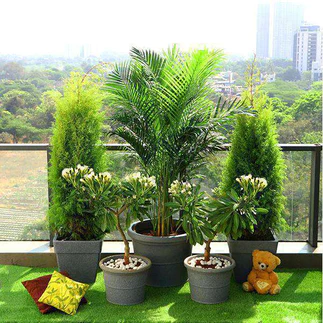
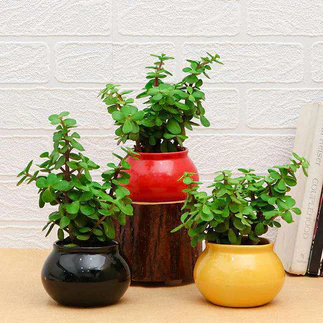
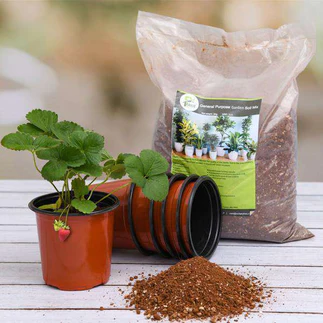
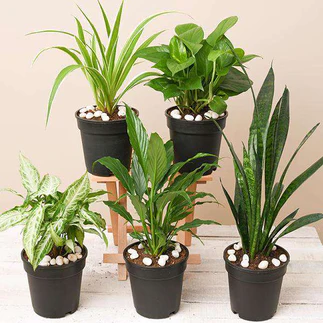
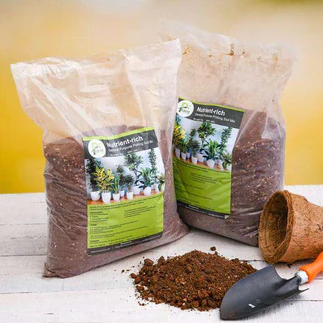
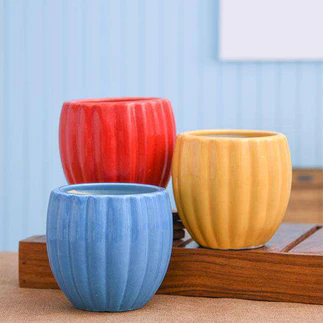
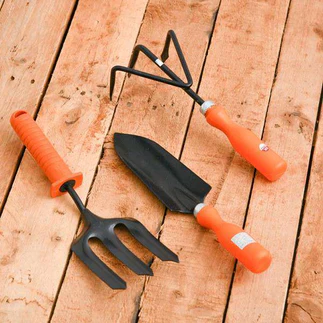
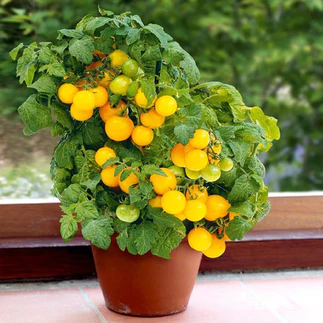
Reviews
There are no reviews yet.